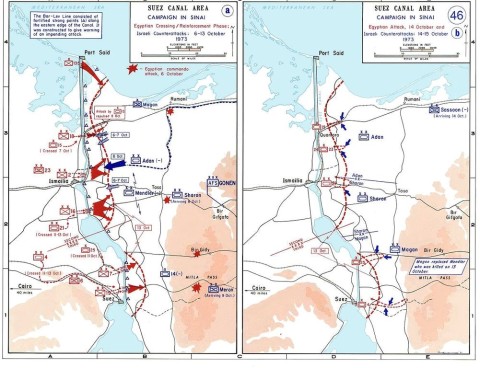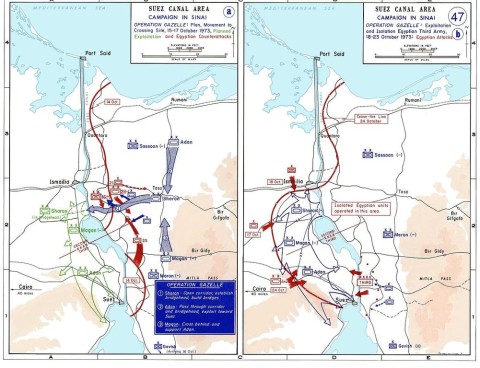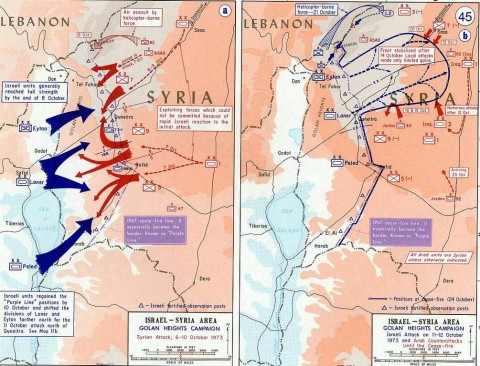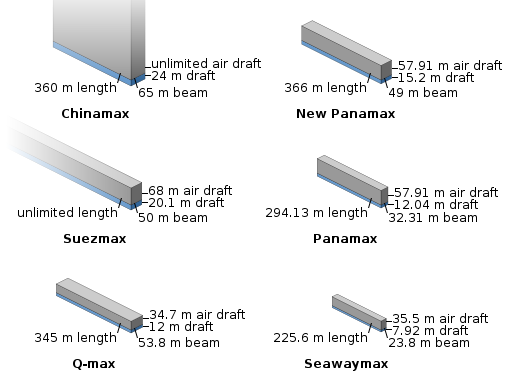sixoctober war
Published on 4 Jul 2013After the 1956 Suez Crisis, Egypt agreed to the stationing of a United Nations Emergency Force (UNEF) in the Sinai to ensure all parties would comply with the 1949 Armistice Agreements. In the following years there were numerous minor border clashes between Israel and its Arab neighbors, particularly Syria. In early November, 1966, Syria signed a mutual defense agreement with Egypt. Soon thereafter, in response to Palestine Liberation Organization (PLO) guerilla activity, including a mine attack that left three dead, the Israeli Defense Force (IDF) attacked the city of as-Samu in the Jordanian-occupied West Bank. Jordanian units that engaged the Israelis were quickly beaten back. King Hussein of Jordan criticized Egyptian President Gamal Abdel Nasser for failing to come to Jordan’s aid, and “hiding behind UNEF skirts”.
In May 1967, Nasser received false reports from the Soviet Union that Israel was massing on the Syrian border. Nasser began massing his troops in the Sinai Peninsula on Israel’s border (May 16), expelled the UNEF force from Gaza and Sinai (May 19), and took up UNEF positions at Sharm el-Sheikh, overlooking the Straits of Tiran. UN Secretary-General U Thant proposed that the UNEF force be redeployed on the Israeli side of the border, but this was rejected by Israel despite U.S. pressure. Israel reiterated declarations made in 1957 that any closure of the Straits would be considered an act of war, or a justification for war. Nasser declared the Straits closed to Israeli shipping on May. 22-23. On 27 May he stated “Our basic objective will be the destruction of Israel. The Arab people want to fight.” On May 30, Jordan and Egypt signed a defense pact. The following day, at Jordan’s invitation, the Iraqi army began deploying troops and armored units in Jordan. They were later reinforced by an Egyptian contingent. On June 1, Israel formed a National Unity Government by widening its cabinet, and on June 4 the decision was made to go to war. The next morning, Israel launched Operation Focus, a large-scale surprise
March 7, 2019
Line Of Fire The Six Day War
July 23, 2014
The Yom Kippur War of October 1973
In History Today, Colin Shindler reviews a recent collection of essays on the initially successful surprise attack on Israeli forces by Egypt, Syria, and a token brigade from Jordan in early October, 1973.
During the early afternoon of October 6th, 1973 the Egyptian army crossed the Suez Canal and overran the Israeli Bar-Lev line on the eastern bank. This assault on Yom Kippur, the holiest day in the Jewish calendar, was designed to reverse Israel’s conquest of the Sinai peninsula during the 1967 Six Day War.
Six hundred Syrian tanks, outnumbering Israel’s 178, also advanced to reclaim the Golan Heights and to threaten a penetration of Israel’s heartland. The mehdal (blunder) indicated a profound intelligence failure and cost 2,691 Israeli lives. Forty years on, Asaf Siniver has gathered his colleagues to dissect this war in a series of essays.
The October or Ramadan War – as it is known in Egypt – is celebrated as a holiday even though Arab losses were around 18,000. The Yom Kippur war – as it is known in Israel – is regarded more as an enforced stalemate, even though Israeli forces crossed back over the canal, encircled the Egyptian Third Army and were 60 miles from Cairo. The Syrians, too, were pushed back and the Israelis shelled the outer suburbs of Damascus. Soviet threats to involve the USSR directly in the conflict forced President Nixon to stop the Israelis in their tracks.

Yom Kippur War – Sinai front 6-15 October, 1973 (via Wikipedia)

Yom Kippur War – Sinai front 15-23 October, 1973 (via Wikipedia)

Yom Kippur War – Golan Heights front (via Wikipedia)
February 19, 2013
Container ships embiggen again
BBC News looks at the soon-to-be-launched Triple-E container ships:
What is blue, a quarter of a mile long, and taller than London’s Olympic stadium?
The answer — this year’s new class of container ship, the Triple E. When it goes into service this June, it will be the largest vessel ploughing the sea.
Each will contain as much steel as eight Eiffel Towers and have a capacity equivalent to 18,000 20-foot containers (TEU).
If those containers were placed in Times Square in New York, they would rise above billboards, streetlights and some buildings.
Or, to put it another way, they would fill more than 30 trains, each a mile long and stacked two containers high. Inside those containers, you could fit 36,000 cars or 863 million tins of baked beans.
The Triple E will not be the largest ship ever built. That accolade goes to an “ultra-large crude carrier” (ULCC) built in the 1970s, but all supertankers more than 400m (440 yards) long were scrapped years ago, some after less than a decade of service. Only a couple of shorter ULCCs are still in use. But giant container ships are still being built in large numbers — and they are still growing.
It’s 25 years since the biggest became too wide for the Panama Canal. These first “post-Panamax” ships, carrying 4,300 TEU, had roughly quarter of the capacity of the current record holder — the 16,020 TEU Marco Polo, launched in November by CMA CGM.
In the shipping industry there is already talk of a class of ship that would run aground in the Suez canal, but would just pass through another bottleneck of international trade — the Strait of Malacca, between Malaysia and Indonesia. The “Malaccamax” would carry 30,000 containers.




